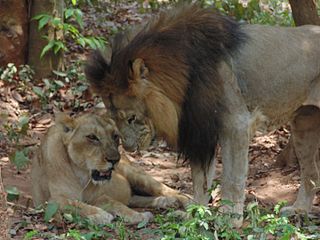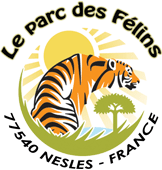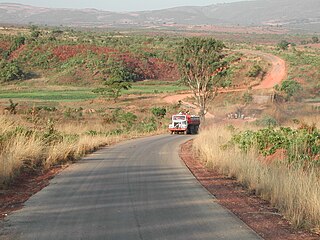
Guinea-Bissau is a West-African country rich in biodiversity.

Guinea-Bissau is a West-African country rich in biodiversity.
There still is much debate about the status of many predator species in Guinea-Bissau. This is, in part, because much of the country remains unstudied, and because of the cryptic nature of many predator species. The lion, for instance, was listed as possibly extinct in Guinea-Bissau during the 2014 assessment of the lion by the IUCN Red List of Threatened Species. [1] However, a picture of a lion was still recorded by a camera trap in 2016 the southeastern Boé region. [2]
The tropical marine environment of Guinea-Bissau has a high diversity of sea life, notably in and around the Bijagós Archipelago. Fishes include the African butter catfish, Malapterurus occidentalis , Parablennius sierraensis (combtooth blenny), five Synodontis catfish species including annectens , ansorgii , nigrita , schall and waterloti , the three-banded butterflyfish and Trachinus pellegrini . Turtles are also dominant especially the West African mud turtle.
The term "big cat" is typically used to refer to any of the five living members of the genus Panthera, namely the tiger, lion, jaguar, leopard, and snow leopard, as well as the non-pantherine cheetah and cougar.

The Cape lion was a population of lions in South Africa's Natal and Cape Provinces that was extirpated in the mid-19th century. The type specimen originated at the Cape of Good Hope and was described in 1842.

Panthera leo leo is a lion subspecies present in West Africa, northern Central Africa and India. In West and Central Africa it is restricted to fragmented and isolated populations with a declining trajectory. It has been referred to as the northern lion.

Parc des Félins is a zoological park in France dedicated to the breeding and conservation of wild members of the cat family. It is located in the commune of Lumigny-Nesles-Ormeaux in Seine-et-Marne, about 53.6 km (33.3 mi) southeast of Paris.

Angolan miombo woodlands cover most of central Angola and extend into the Democratic Republic of Congo. They are part of the larger miombo ecosystem that covers much of eastern and southern Africa.